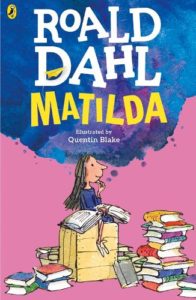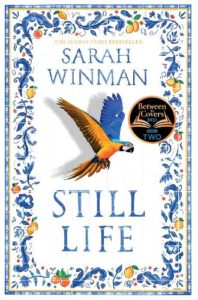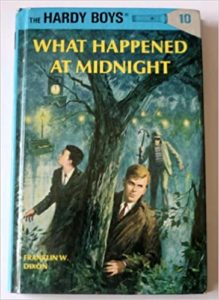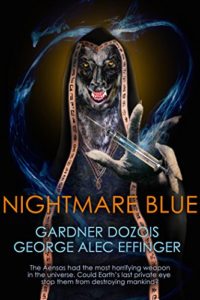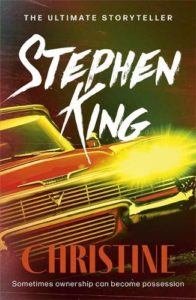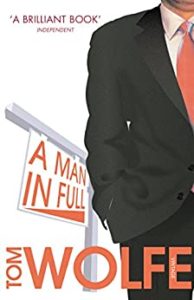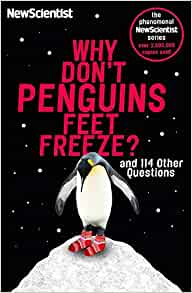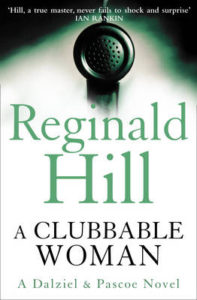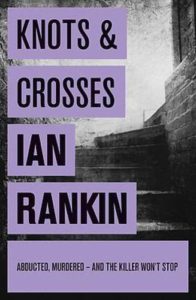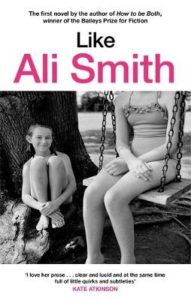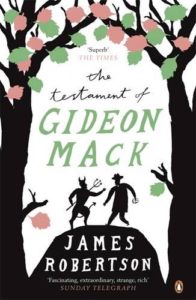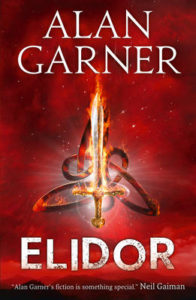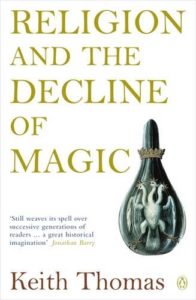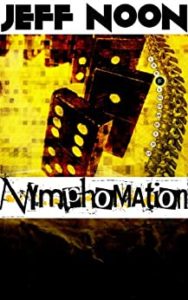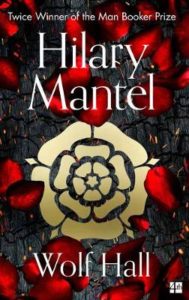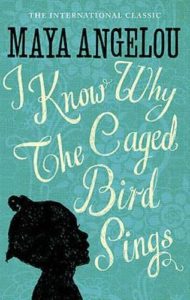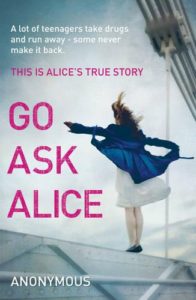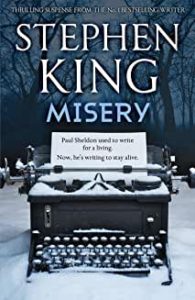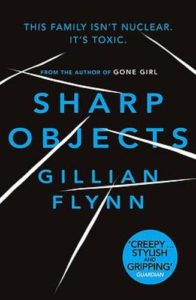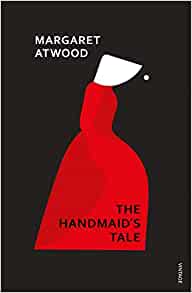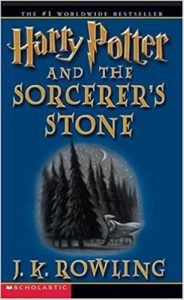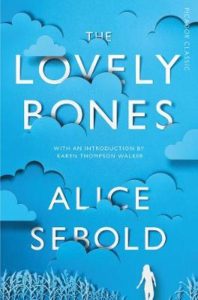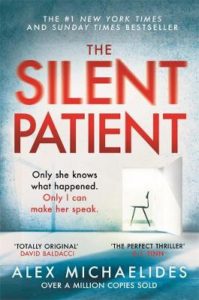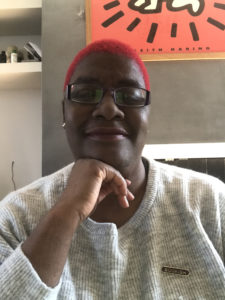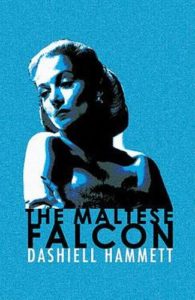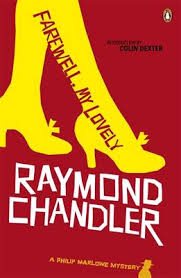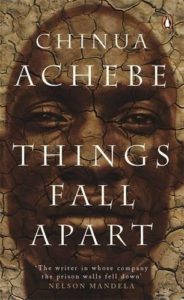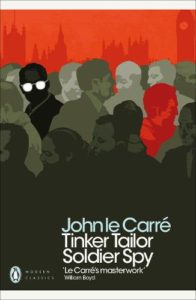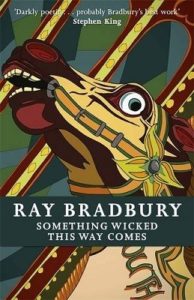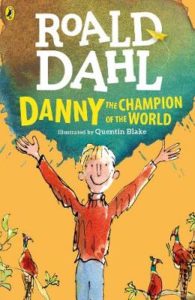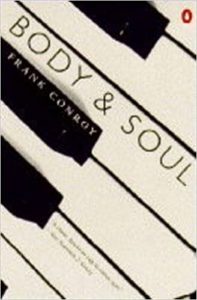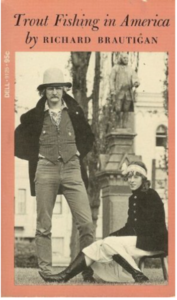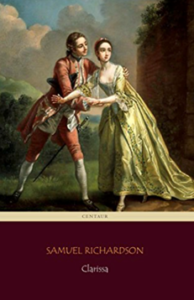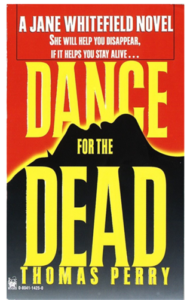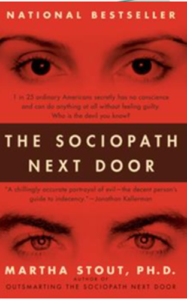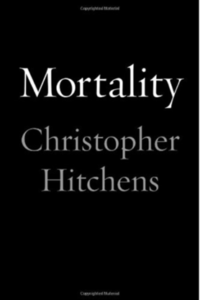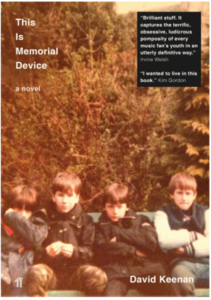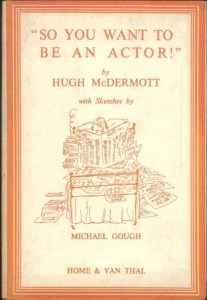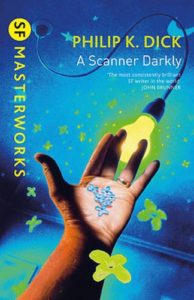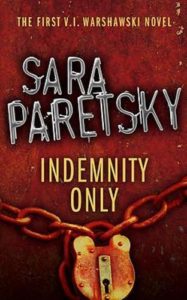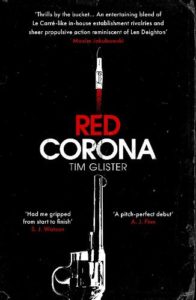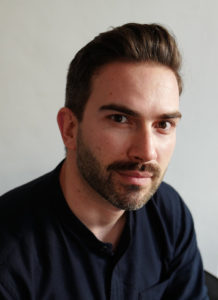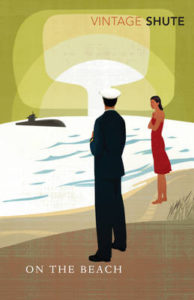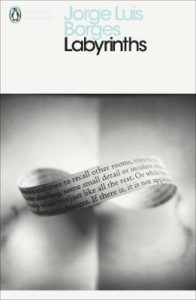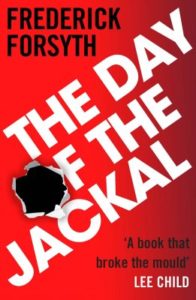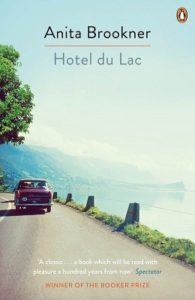Decades: Compiling the Ultimate Library with Bert (AKA Alex Call)
Welcome to the last Decades selection in November 2021. This post goes live on the biggest shopping Friday of the year (y0u know the one) and I very much want to ask everyone to #ShopIndie today and also over the next few weeks as we rush towards the Holiday Season.
Through December you may well find yourself looking to purchase a book whether it is for Christmas, a birthday (don’t forget people with a December birthday) or maybe even for Jolabokaflod. It just so happens my guest this week owns a bookshop and would like nothing more than to help match you and your loved ones with new books.
Every week I invite a booklover to nominate five new books to be added to my Decades Library. When this challenge began back in January there were no books in my Library but week on week authors, publishers, journalists and bloggers have added new books to the Decades Library and their marvellous choices have had people discovering and buying the titles my guests recommend.
My guests don’t just get to pick five books as that would be too easy! They may only pick one book per decade from five consecutive decades – a fifty year publication span to select from.
This week I am delighted to welcome Bert from Bert’s Books to the blog. Bert (who, as you will see, isn’t) is making his five selections and also has details of a fantastic discount on his subscription service which you must not miss!
DECADES
 Bert is my alter ego – to some I am known as Alex Call, previously the Head of Books Marketing at WHSmith and subsequently founder of Bert’s Books. Bert’s Books began in 2019 when – finding myself at a loose end – I wanted to find a way of getting all the brilliant books I was reading out into the hands of readers.
Bert is my alter ego – to some I am known as Alex Call, previously the Head of Books Marketing at WHSmith and subsequently founder of Bert’s Books. Bert’s Books began in 2019 when – finding myself at a loose end – I wanted to find a way of getting all the brilliant books I was reading out into the hands of readers.
The dream is to one day own and run my own bookshop – and maybe to find the time to write my own book!
All of the books listed below and hundreds more are available to order on bertsbooks.co.uk. All the titles on the website are there because I loved them – or one of my customers did, so you’re guaranteed to find an amazing read.
I also offer monthly subscriptions full of new releases that I’ve loved – so if you like the books that I’ve picked then we probably have similar tastes! Visit bertsbooks.co.uk/build – and get 20% off your first month using code WELCOME20
Delivery in the UK is completely FREE
As a child, every Saturday morning, my mum, sister and I would take the short walk from our house to my grandparents, stopping by the library on the way. I would leave with a huge pile of books – and invariably over the years, there were some books that accompanied me on more than one occasion.
Special shout outs to Mercedes Ice and Scribble Boy both by Philip Ridley, but it was Matilda who became the defining book of my childhood. This young girl who found magic in books resonated with me – I by no means had a neglectful family, in fact it was probably I who neglected them in favour of books!
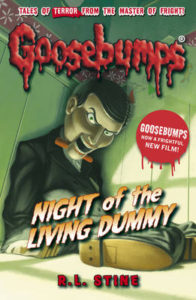 Night of the Living Dummy by RL Stine (1993)
Night of the Living Dummy by RL Stine (1993)
For a certain generation, to ask for a major book from the 90s is to be told about Harry Potter. However, I didn’t want to be predictable, so I thought about other books that had a major influence on me – and the Goosebumps series (along with the Point Horror series, and in a bizarre contrast the Sweet Valley High series) were those books.
Night of the Living Dummy is one of the few still available which is why I’ve named it, but it is the series as a whole that I want to acknowledge. These were the first books I can remember buying, proudly displaying my collection on a bookshelf and scouring my latest WHSmith for new releases.
If Matilda sparked my love of reading, then the Goosebumps series sparked my love of bookshops. Recently, I was able to share my entire (complete!) collection with my godson, who I’m proud to say loved them every bit as much as I did!
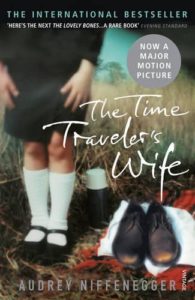 The Time Traveler’s Wife by Audrey Niffenegger (2003)
The Time Traveler’s Wife by Audrey Niffenegger (2003)
By the early noughties, I was that most horrible of things – a teenage boy. I’d more or less left reading behind as I struggled to bridge the gap between children’s books and adult books. Aged 16, I got a job in my local WHSmith (the very same one of Goosebumps fame) and soon found my home in the book department.
I was helping a customer find a third book in the 3 for 2 offer, and during the discussion, they recommended the Time Traveller’s Wife to me. I decided to take advantage of the same offer and that night went home with the Niffenegger, Cloud Atlas by David Mitchell and The Shadow of the Wind by Carlos Ruiz Zafon.
These three books marked by entry into the world of reading ‘adult’ books – but it was the simple complexity of the Niffenegger’s time travel plot that spoke me to the most. To take what was a complicated time-jumping narrative and make it so accessible was inspiring to me.
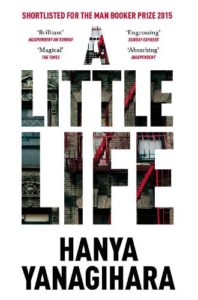 A Little Life by Hanya Yanagihara (2015)
A Little Life by Hanya Yanagihara (2015)
This was my starting point for picking books for this piece. I’ve been reading all my life and I was quite some way into my bookselling career before I encountered A Little Life – but it is the first book I’ve had such a visceral reaction to.
It alerted me to the true power of storytelling that I’d heard others talk of. There have been many books before and after this one that I loved (a couple from this decade, that I’m heartbroken not to be able to include!)
The characters of Jude, Willem, JB and Malcolm broke my heart, moved in and rebuilt the pieces around themselves.
Still Life by Sarah Winman (2021)
I’m cheating a bit here. Still Life by Sarah Winman is a remarkable book that dragged me into its world and made me want to inhabit it completely. Winman herself admits it’s a novel where nothing happens – but the way in which nothing happens is where the magic lies.
It is however, Winman herself that I’d like to choose, specifically her 2017 novel Tin Man. After a particularly tough week I received a proof copy of Tin Man, and in the space of one evening I was able to switch off from the world around me and lose myself in the world Ellis, Annie and Michael.
Ever since then, Winman and her novels have been a huge inspiration and escape for me – to the point that publication of Still Life became THE event of 2021 for me. If I could be just a fraction of the writer Winman is, I will die a very happy man indeed.
Terrific selections from Alex – thank you! His inclusion of Still Life displaces We Begin At The End as the “newest” book (most recently published) in the Library.
All the books above can, of course, be ordered from Bert’s Books here: https://bertsbooks.co.uk/
DECADES WILL RETURN
